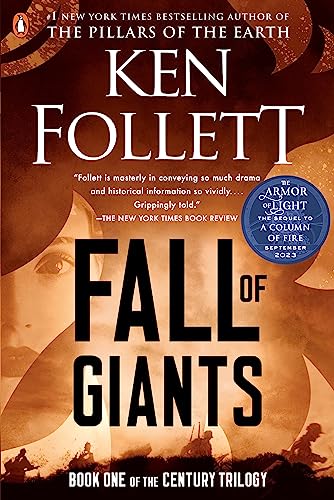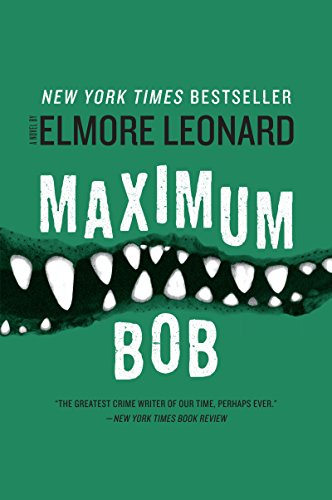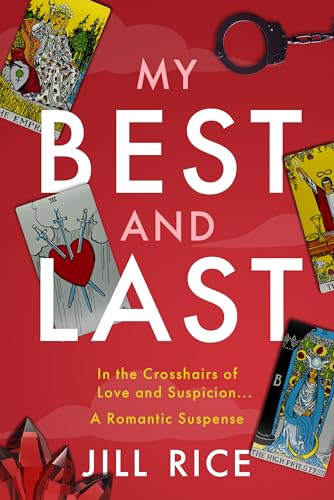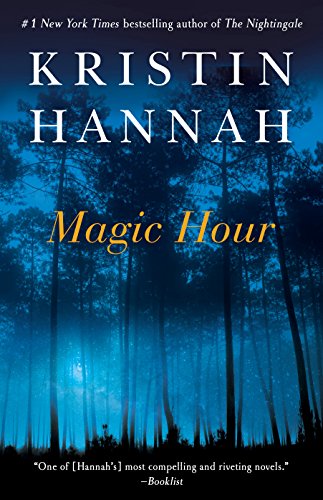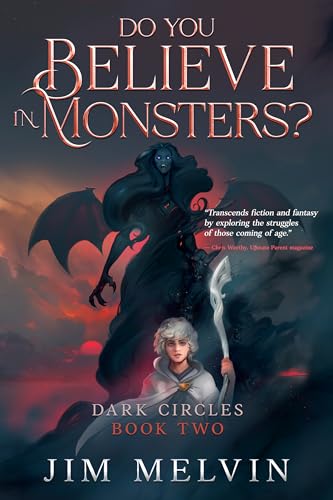We have dispatches from all over this week, and they all bear the same identifying marks.
Russ Grandinetti, Amazon’s vice-president for Kindle Content, addressed a Digital Book World panel yesterday and summed up the changes that are taking place in the world of publishing and reading like this:
“However fast you think this change is happening, it’s probably happening faster than you think.”
Grandinetti also said that, already, Kindle books are outselling their hardcover counterparts in Amazon’s store by a 3-to-1 ratio.
So, between Grandinetti’s statements and items we have reported here previously, we’ve had plenty of basis lately for concluding that:
- Kindle content sales are dominating content sales for other ebook platforms; and
- Kindle content sales are dominating Amazon’s print book sales.
But Grandinetti also provided some tantalizingly Amazonesque numbers that, if they spread across a range of titles, would demonstrate rather convincingly that the Kindle content delivery system is enabling Amazon to gain an unprecedently dominant position across the board in bookselling.
According to Publishers’ Marketplace (a paid subscription site serving, mainly, the traditional publishing industry), Grandinetti said, for Emma Donoghue’s bestselling novel Room, “total Kindle sales are equal to 85 percent of Nielsen BookScan’s print sales number.” Extrapolating from that equation, Publisher’s Marketplace concluded that Kindle sales amounted to 40 per cent of all sales in all formats by all retailers for Room.
Room is published by agency model publisher Hachette, and the Kindle edition is currently priced by the publisher at $11.99, so it is likely that the Kindle sales of Room would have amounted to only 75 to 85 percent of Amazon’s total sales for the title. Thus, if we add Kindle editions and hardcover sales by Amazon, Amazon must be at or above 50 percent of all sales in all formats by all retailers for Room.
How stunning a development is that? Well, prior to the launch of the Kindle in 2007, Amazon was widely considered to account for somewhere between 15 and 20 percent of all sales of all books in all formats by all retailers. It now appears that the Kindle’s incredibly friction-free content delivery system has given Amazon a real chance to double, and perhaps triple, that share of the total bookselling market.
Not so fast, one might say. Amazon has nowhere near that 40 to 50 per cent market share when it comes to textbooks. Or children’s books. Or cookbooks. True enough, and it probably won’t get to those levels in those categories for a long time, if ever.
But Amazon doubtless has even higher market shares when it comes to indie authors’ books, a huge percentage of which are published direct-to-Kindle. And we are seeing greater evidence every week that indie authors are the fastest growing segment of content producers in the ebook revolution, with the most recent stories of brilliant success surrounding bestselling Kindle Store author Amanda Hocking, whose $2.99 ebooks are currently #2, #9, and #12 among all books in the Kindle Store.
Likewise, Amazon certainly has higher market shares than 40 to 50 percent when it comes to books for which the company itself is the publisher, through AmazonEncore and AmazonCrossing. But that can’t be much, right? Because Amazon is a retailer, not a publisher, right?
Well, whatever you want to call it, that’s fine. But it’s worth noting here that The Hangman’s Daughter, the #1 book in the Kindle Store with well over 100,000 copies sold in less than two months, is published by AmazonEncore. And there will be more of these, many more.
Finally, the last bit of incoming information comes from our own Kindle Nation Survey. We’ll wait until the survey is closed at midnight Hawaii time January 31 before we begin to break it down. For now we’ll just say that more than any previous survey, this one makes it clear that readers are in charge, and that the meaning of the Kindle revolution in terms of our reading behavior lies predominantly in three dramatic developments:
- Readers are deciding what they want to read, and factors like a traditional publisher’s imprimatur and new release status and the stigma of “self-published” are losing force.
- The influence and recommendation systems that lead readers to specific books are changing dramatically so that influences like massive front-of-store placements and even bestseller rankings are giving way to informal recommendations and new sources of influence.
- Readers have taken over much of the role of setting prices in the new book business by delaying purchases of books they want to read if the prices are, in their judgment, too high. The publishers who drew lines in the sand behind their right to set prices under the agency model won a Pyrrhic victory, because as Wall Street market makers know, an item’s price does not really become a price when a seller offers it; it becomes the real price when a buyer pays it. Publishers continue to set new release prices reflexively in the $12-$15 range, but only two of the top 20 bestselling ebooks in the Kindle Store are priced above $9.99.
For the agency model, and for brick and mortar bookstores, we are over halfway to “game over.” Whether the publishers who have stood behind the agency model can survive past mid-decade remains to be seen, but nothing about the way they are playing their hands should inspire confidence.

